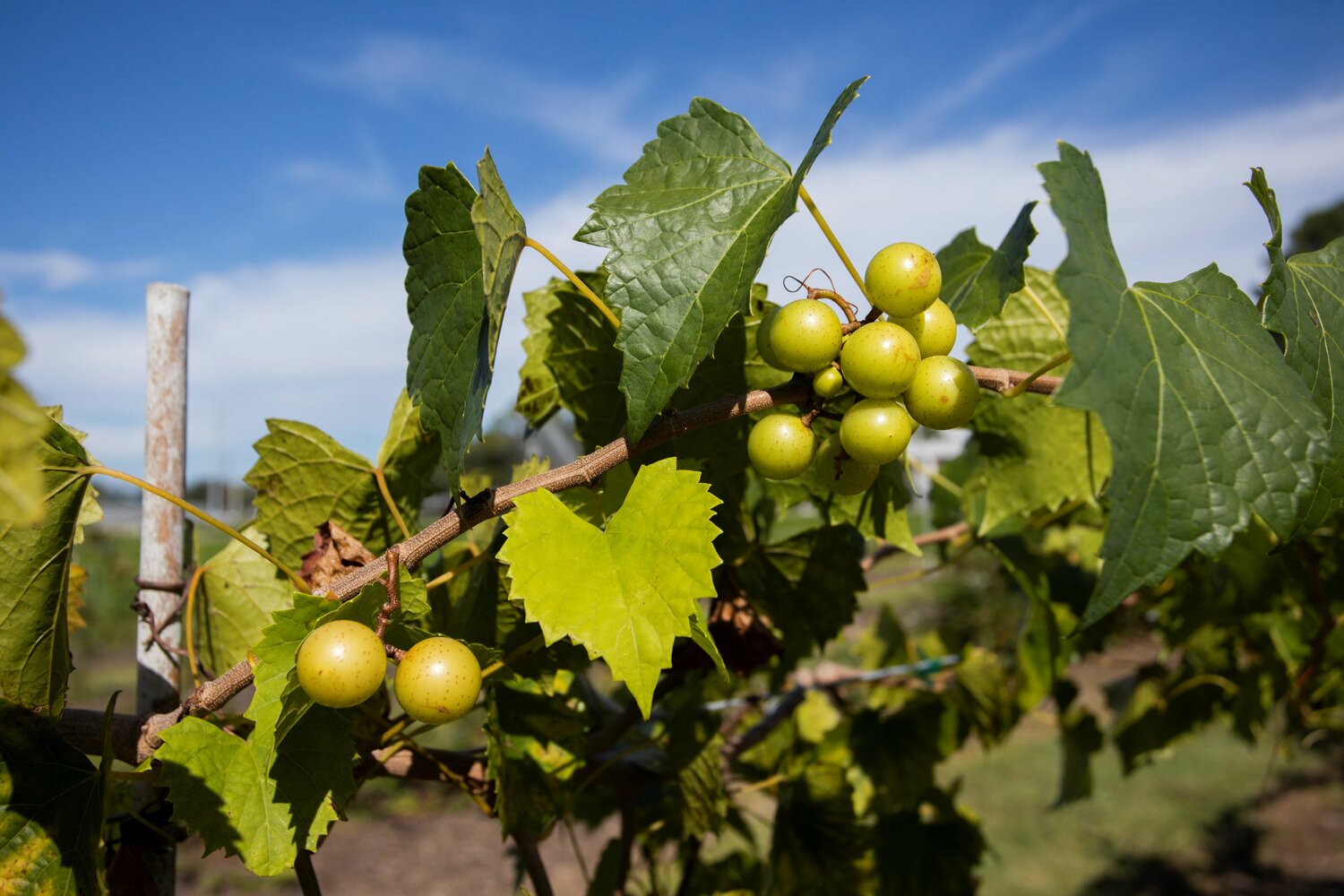Study could lead to machine harvesting of muscadines, tomatoes
A UF/IFAS study discovered new insights into how fruit detachment happens in muscadine grapes, paving the way for the possibility of mechanical harvesting. The research, aimed at reducing the high …
This item is available in full to subscribers.
Attention subscribers
To continue reading, you will need to either log in to your subscriber account, below, or purchase a new subscription.
Please log in to continueDon't have an ID?Print subscribersIf you're a print subscriber, but do not yet have an online account, click here to create one. Non-subscribersClick here to see your options for subscribing. Single day passYou also have the option of purchasing 24 hours of access, for $1.00. Click here to purchase a single day pass. |
Study could lead to machine harvesting of muscadines, tomatoes
A UF/IFAS study discovered new insights into how fruit detachment happens in muscadine grapes, paving the way for the possibility of mechanical harvesting. The research, aimed at reducing the high costs of manual labor associated with muscadine production, identified critical characteristics of the fruit’s genetics that make them easier to pluck from the stem. The collaborative research between UF/IFAS horticultural sciences assistant professor Tie Liu and UF/IFAS horticultural sciences associate professor Ali Sarkhosh was published in Horticulture Research.
Muscadines, a type of grape native to Florida, cost more to harvest than other grapes and other fresh fruit because of the high cost of manual labor. Mechanical harvesting could reduce that cost, but cultivars with easily detachable fruit must be developed.
By identifying the genes that make grapes easier to pick, Liu said that researchers hope to reduce labor costs, improve efficiency, and increase postharvest quality in muscadine production in the long term.
“If it is difficult to detach from the plant, you must manually pull it off. That increases the manual labor needed during the harvesting season,” he said. “It costs a lot of money for farmers.”
“It may have a broader impact on vegetables and fruits, and machine harvesting is really the goal to reduce the labor costs,” he said.
Fruit detaches at the pedicel, a small stalk that connects the fruit to the stem. The study looked at the characteristics of the muscadine and which factors make it easier to pull the fruit from the pedicel, known as the fruit detachment force.
Researchers looked at the fruit detachment force across 18 muscadine genotypes at four stages of development. An analysis of the genetics – specifically the transcriptome,
the full roster of mRNA containing instructions for a plant to make proteins – of two types of muscadines’ pedicels (one where it was easy to remove fruit and one where it was complicated) helped identify which genes are involved with fruit detachment force.
The study found that fruit detachment force is connected to the pedicel's length and the grapes' diameter, among other factors. The transcriptome analysis found potential genes to test to see if they can help make new muscadine varieties that machines can harvest. The work could be helpful for other crops like tomatoes and wine grapes.
More research will be needed to verify that the genes found can be used to create cultivars that are easier to pull from the stem, especially since real-life applications have to deal with multiple challenges like environmental conditions.
Liu said his hope with this study is to “open the window to the future of technology-driven farming.”







